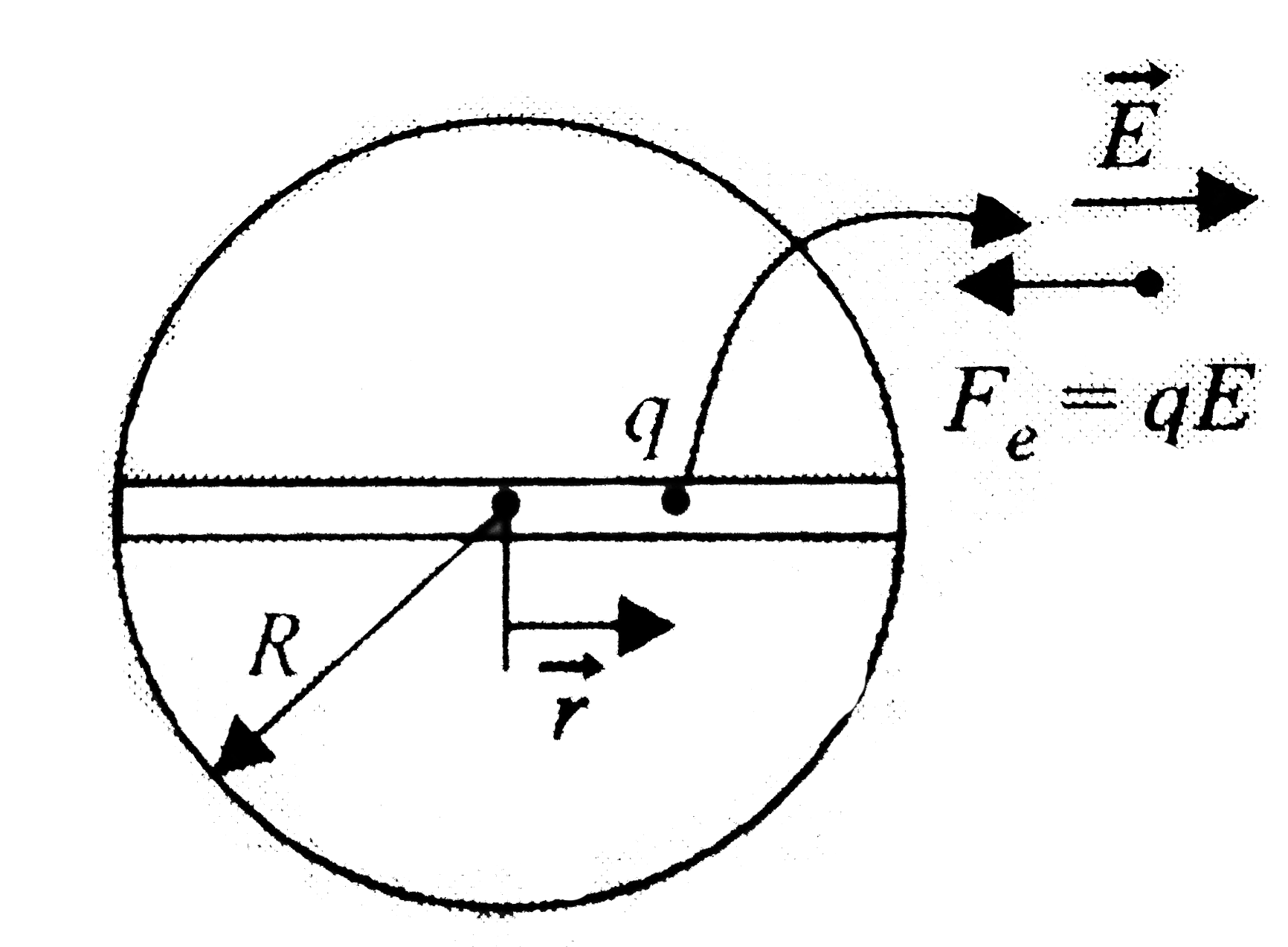A : Particles such as photon or neutrino which have no rest mass are uncharged.
R : Charge cannot exist without mass.
A. If both Assertion & Reason are true and the reason is the correct explanation of the assertion, then mark (1).
B. If both Assertion & Reason are true but the reason is not the correct explanation of the assertion, then mark (2).
C. If Assertion is true statement but Reason is false, then mark (3).
D. If both Assertion and Reason are false statements, then mark (4).
The correct Answer is:A
To analyze the given assertion and reason, we can break down the problem step by step:
Step 1: Understand the Assertion
The assertion states that particles such as photons or neutrinos, which have no rest mass, are uncharged.
- Explanation: Photons are massless particles that carry electromagnetic radiation, while neutrinos are also very light particles with negligible mass. Both types of particles do not possess an electric charge.
Step 2: Understand the Reason
The reason states that charge cannot exist without mass.
- Explanation: This statement implies that for a particle to have charge, it must also have mass. However, this is not entirely accurate since particles like electrons have mass and charge, while photons, which are massless, do not carry charge.
Step 3: Analyze the Relationship Between Assertion and Reason
Now we need to determine if the reason provides a correct explanation for the assertion.
- Assertion Validity: The assertion is true; photons and neutrinos are indeed uncharged and have no rest mass.
- Reason Validity: The reason is misleading. While it is true that many charged particles have mass, it is not universally true that charge cannot exist without mass, as photons are an example of massless particles that do not carry charge.
Step 4: Conclusion
Both the assertion and reason are true, but the reason does not correctly explain the assertion. Therefore, the correct conclusion is that the assertion is true, but the reason is false.
Final Answer
- Assertion (A): True
- Reason (R): False
The assertion states that particles such as photons or neutrinos, which have no rest mass, are uncharged.
The reason states that charge cannot exist without mass.
Now we need to determine if the reason provides a correct explanation for the assertion.
- Reason Validity: The reason is misleading. While it is true that many charged particles have mass, it is not universally true that charge cannot exist without mass, as photons are an example of massless particles that do not carry charge.
Both the assertion and reason are true, but the reason does not correctly explain the assertion. Therefore, the correct conclusion is that the assertion is true, but the reason is false.
- Assertion (A): True
- Reason (R): False
Similar Questions
Knowledge Check
- Question 1 - Select One
The rest mass of the photon is
AhvcBhvc2ChvλDzero
A: Charge cannot exist without mass but mass can exist without charge.
B: Charge is invariant but mass is variant with velocity
C: Charge is conserved but mass alone may not be conserved.View SolutionThe mass of photon having wavelength 1nm is :
View SolutionA smooth chute is made in a dielectric sphere of radius R and uniform volume charge density. ρ. A charge particle of mass m and charge -q is placed at the centre of the sphere. Find the time period of motion of the particle?
 View Solution
View SolutionCathode rays have same charge to mass ratio as
View SolutionConsider two concentric metalic shell's of radii R and 2R. The inner shell is having charge Q and outer shell is uncharged. If they are connected with a conducting wire. Then,
View SolutionA : Though quark particles have fractional electronic charges, the quantum of charge is still electronic charge ( e ).
R : Quark particles do not exist in free state.View SolutionA particle which is four times in mass and two times in charge that of proton is called
View Solution

